Cherie is CEO of the vast CL Ranches located just outside Calgary’s western city limits. The ranch itself consists of seedstock and commercial cow/calf operations, a backgrounding lot and a large mixed-grain farming operation.
After graduating from the Texas Christian University Ranch Management Program, Cherie managed an 11,000-cow beef operation in Uruguay, selling beef directly into Canada and the EU. Her time in Uruguay also exposed her to the packing industry through an investment into an 850-head capacity packing plant. Most importantly, Cherie is the mother of the 5th generation of ranchers at CL Ranches, and as such, dedicates much of her time to defining what sustainability will mean to them. Towards this end, Cherie has been generous with her time providing her expertise and leadership through participation in the following initiatives, to name a few:
- WA Ranch Advisor Member – University of Calgary
- Advisory Board Member of Strategic Engagement Group, Olds College
- Advisory Member Rangeland Research Institute – University of Alberta
- Executive Committee Member – Canadian Beef Improvement Network
- Sendero – Director & Co-Founder
- Global Roundtable for Sustainable Beef – Executive Officer
- Canadian Cattlemen’s Young Leaders -Mentor
- Calgary Stampede – Board of Directors
- Alberta Livestock and Meat Agency (ALMA) – Interim Chair & Executive Committee Member
- Canadian Roundtable for Sustainable Beef (CRSB) – Chair
- Calgary Stampede – Chair Agri-Food
She speaks affectionately of the sustainability of the operation and the resiliency of the cattle. Upon hearing her story, it is easy to infer that these are also the traits the family has had to exhibit to advance the ranch into its current, 4th generation of stewardship.
The genesis of the ranch stretches back to 1887 when brothers Richard and John Copithorne arrived in Canada from Cork, Ireland. They established a homestead, and began a new life raising cattle along the Jumping Pound Creek under the Lazy J brand. It was also here that they built the foundations of an operation that paved the way for Richard to register is own independent CL brand in 1895. One hundred and twenty-six years later, Cherie is leading it through its 4th generation and working hard to hand it off to the 5th in even better condition than she inherited it.
Although the entrepreneurial spirit may be the same, the operation has morphed from a range herd of Durham cattle that saw the brothers survive hard times, in part through bartering butter, into to a sophisticated operation—but one that still uses all the resources available to grow and sustain the legacy.
To this end, Cherie and her team capitalize on the abundance of gravel on their property; partner with a local outfitter to allow hunting on their land; and undertake land development initiatives. There is even a complete Hollywood filmset featuring scenes from the 1850s through to 1940 on the property. As any cowgirl will grimace, “Cows can’t pay all the bills!”
As in any industry, progress occurs and the innovations of the day are adopted to stay competitive. The Durham cattle gave way to horned Herefords. Later, the “heresy” of crossbred cattle entered the fray – in Alberta, this occurred through the pioneering work of Roy Berg and as a result of enterprising ranchers willing to try out “what seemed to work” as opposed to blind orthodoxy. Other advances pursued over the years included becoming an early adopter of artificial insemination technology and an intense selection for the maternal characteristics that still characterize the herd. As for the latter, much of this work was done through collaboration with the Beefbooster system led by John Stewart-Smith. Through the years, CL Ranches has been an early and continual adopter of this science, exhibiting a curiosity and habit of applied experimentation that still exists today.
Today’s herd has been developed around the (still evolving) CL SuperCross seedstock cattle breeding program, and employs any and all tools that deliver practical results. This means pursuing a balanced approach focused on optimizing the herd as opposed to maximizing any single characteristic. Here, everyone is expected to work hard. The cows must be efficient and raise a strong calf every year—and not in not the easiest of conditions (Alberta!). Calves are expected to maintain a high and efficient-post weaning gain, and their beef to be tender, of high yield, abundant marbling, and great taste.
“At the end of the day,” says Cherie. “If we want to thrive, our cows have to deliver for us, for our customers, and ultimately our customer’s customer”.
Included in this is the belief that you can only manage what you measure. SuperCross cattle must perform on a 40-45 day breeding interval (still in Alberta), demonstrate conception rates well in excess of 90%, and deliver on pounds of weaned calf per cow in the fall.
This is why we at Gentec are so excited to have Cherie join our Management Advisory Board. As stated by Chair David Andrews, “If you look at the priorities of CL Ranches, they overlay almost perfectly with the performance metrics established for Gentec over the next 5 years. Cherie’s ranch and management is as good as it gets. She wakes up every morning thinking about exactly the same mandate as we do; she is exceptionally well connected within the industry through a lifetime of ranching, industry leadership, and boots-on-the-ground practicality that resonates with other producers. We need that to succeed and that is why we are so excited to have her and Sean, joining the MAB.”
Cherie concurs. The adventure is not over. The future of breeding cattle lies in finding profitability through the predictability of an animal’s performance within all segments of the beef value chain. CL Ranches is also a founding investor in Sendero Limited, a company that focuses on bringing together like-minded producers, feeders (and one day possibly even packers) to make this a reality.
“We want to create a value chain that improves and optimizes the genetic merit of the cattle,” says Cherie. “This is done through genetics and by improving the management practices used in the environments that produce them. To do this, phenotypic and genotypic information needs to be collected, analyzed, and result in better combinations of cow, environment and management.”
As the saying goes, if you actually want to get something done, ask a busy person. How does Cherie respond?
“I am honoured to be a part of the MAB. Gentec is a world leader when it comes to innovation, and I look forward to contributing to this journey of continual improvement for Canada’s beef industry.”

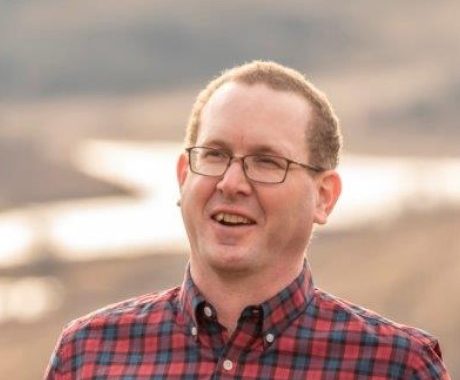

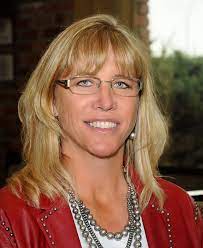
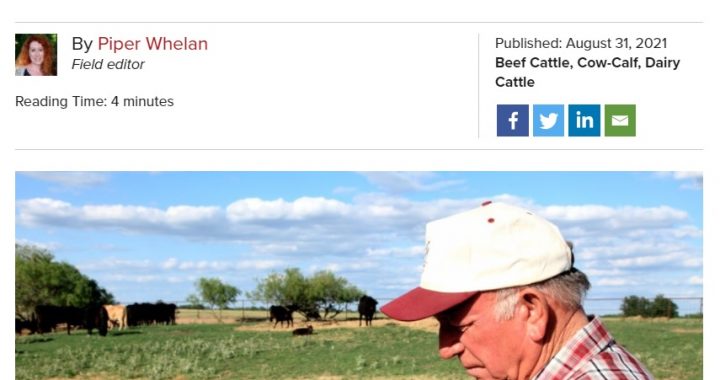
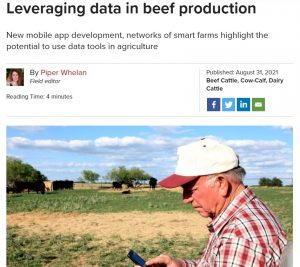 The Arm-Chair Rancher will capture both industry and on-farm data to help producers make decisions for their operation. The project is looking to collaborate with industry partners to collate data into an industry database, as well as work with current programs that producers are using to record on-farm performance data.
The Arm-Chair Rancher will capture both industry and on-farm data to help producers make decisions for their operation. The project is looking to collaborate with industry partners to collate data into an industry database, as well as work with current programs that producers are using to record on-farm performance data.
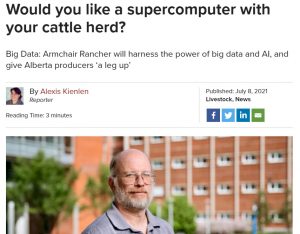 The Arm-Chair Rancher is an app that will harness a huge database of beef industry data (weather, soil condition, commodity prices, genomics, etc.) and use machine learning to generate guiding scenarios, recommendations and predictions to improve productivity on beef farms. Dr. Wishart is a professor in computing sciences and biological sciences at the University of Alberta and is co-developing the app with Livestock Gentec.
The Arm-Chair Rancher is an app that will harness a huge database of beef industry data (weather, soil condition, commodity prices, genomics, etc.) and use machine learning to generate guiding scenarios, recommendations and predictions to improve productivity on beef farms. Dr. Wishart is a professor in computing sciences and biological sciences at the University of Alberta and is co-developing the app with Livestock Gentec.
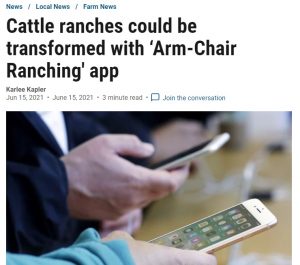 The Smart Agriculture and Food Digitization and Automation Challenge was launched by Alberta Innovated to funds projects that are developing smart technologies to increase productivity on farms. The Arm-Chair Rancher is one of 8 projects that were successful.
The Smart Agriculture and Food Digitization and Automation Challenge was launched by Alberta Innovated to funds projects that are developing smart technologies to increase productivity on farms. The Arm-Chair Rancher is one of 8 projects that were successful.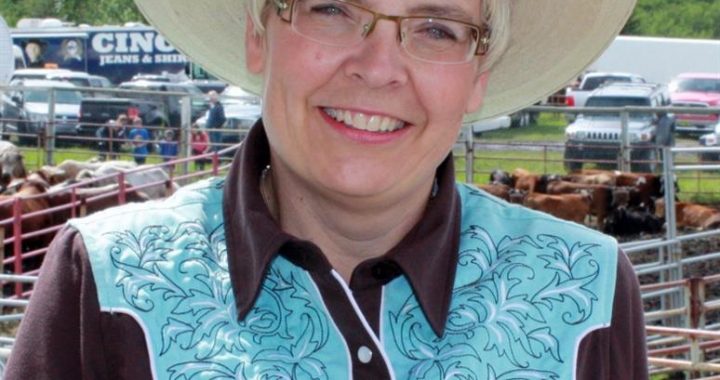
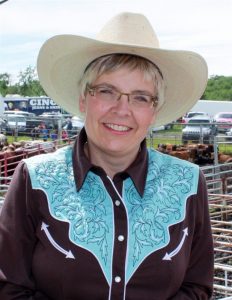 Diane Finstad of
Diane Finstad of 
 While a fully functioning app is still a long way off, the Arm-Chair Rancher team is working with beef producers to ensure this app will bring value to Alberta’s ranches.
While a fully functioning app is still a long way off, the Arm-Chair Rancher team is working with beef producers to ensure this app will bring value to Alberta’s ranches.
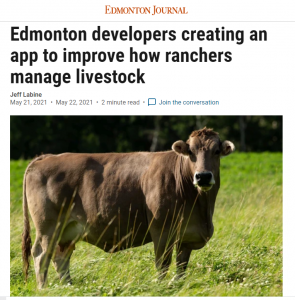 The Arm-Chair Rancher aims to support beef producers in making decisions on their farm with tailored recommendations and scenario planning for every area of their operation.
The Arm-Chair Rancher aims to support beef producers in making decisions on their farm with tailored recommendations and scenario planning for every area of their operation.
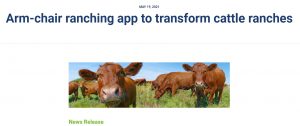 Livestock Gentec, partnered with the University of Alberta and Beefbooster, was awarded $481,000 to develop an app to harness on-farm and industry data and use machine learning to generate guiding scenarios and predictions for optimal herd and farm management. Funding was awarded through Alberta Innovates “Smart Agriculture and Food Digitization and Automation Challenge”.
Livestock Gentec, partnered with the University of Alberta and Beefbooster, was awarded $481,000 to develop an app to harness on-farm and industry data and use machine learning to generate guiding scenarios and predictions for optimal herd and farm management. Funding was awarded through Alberta Innovates “Smart Agriculture and Food Digitization and Automation Challenge”.